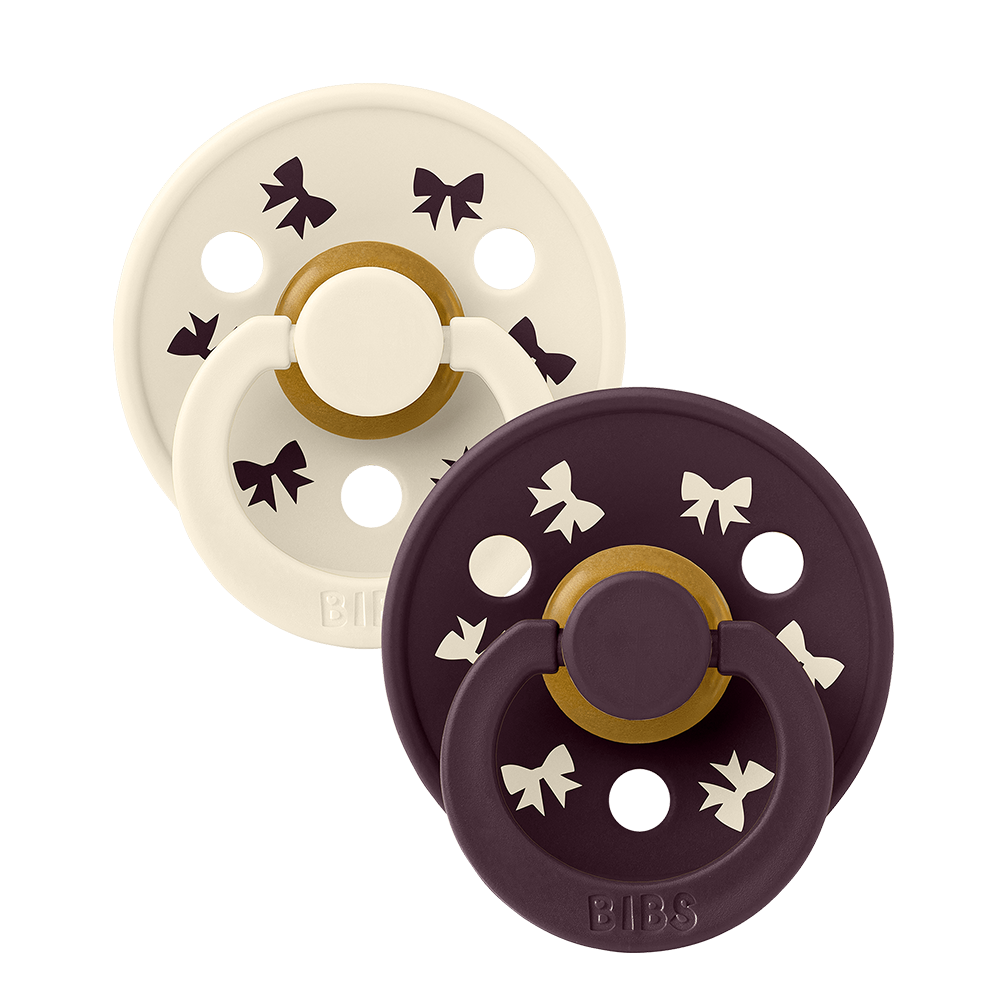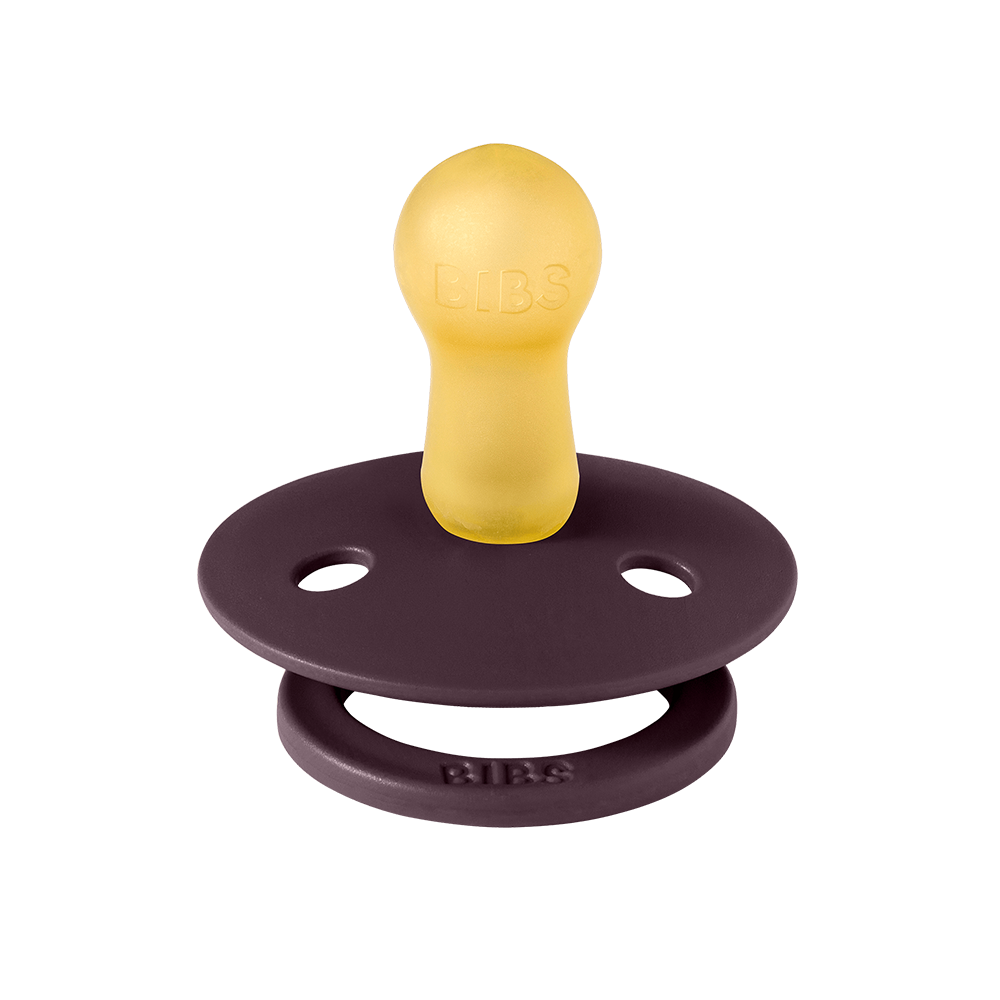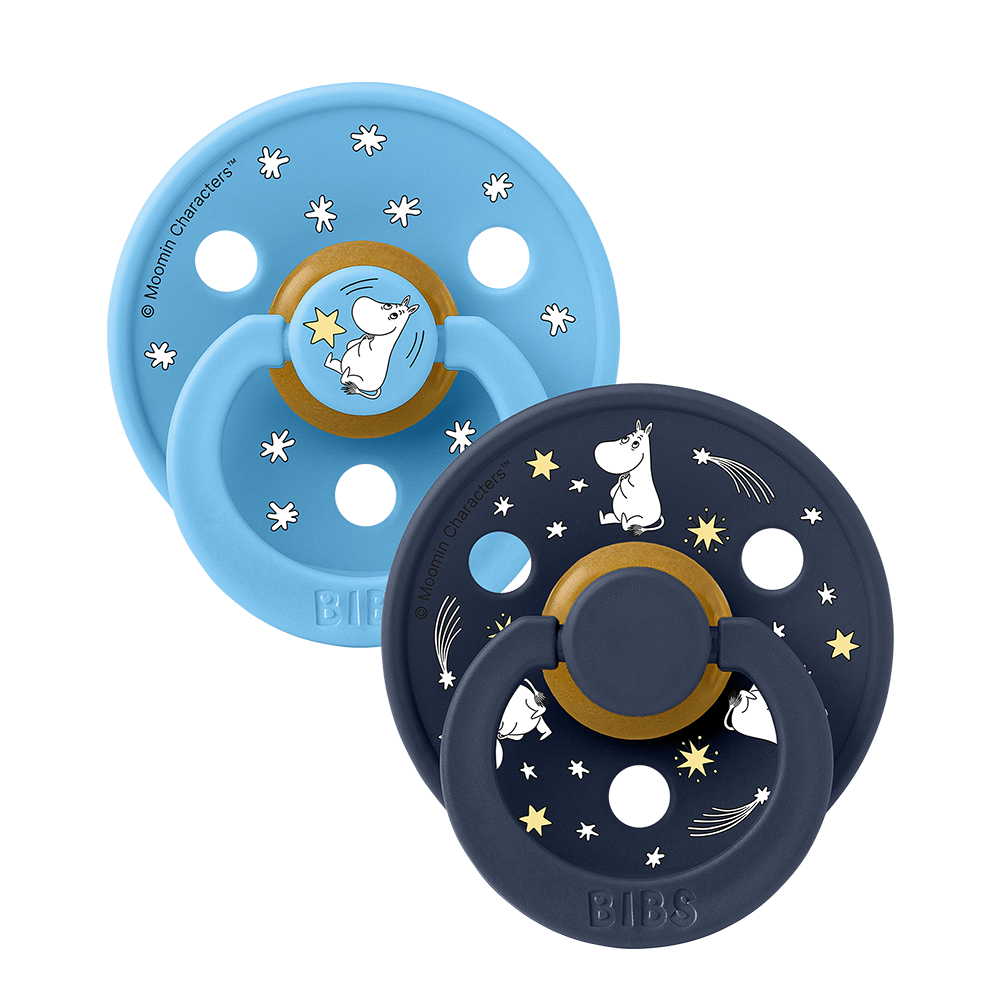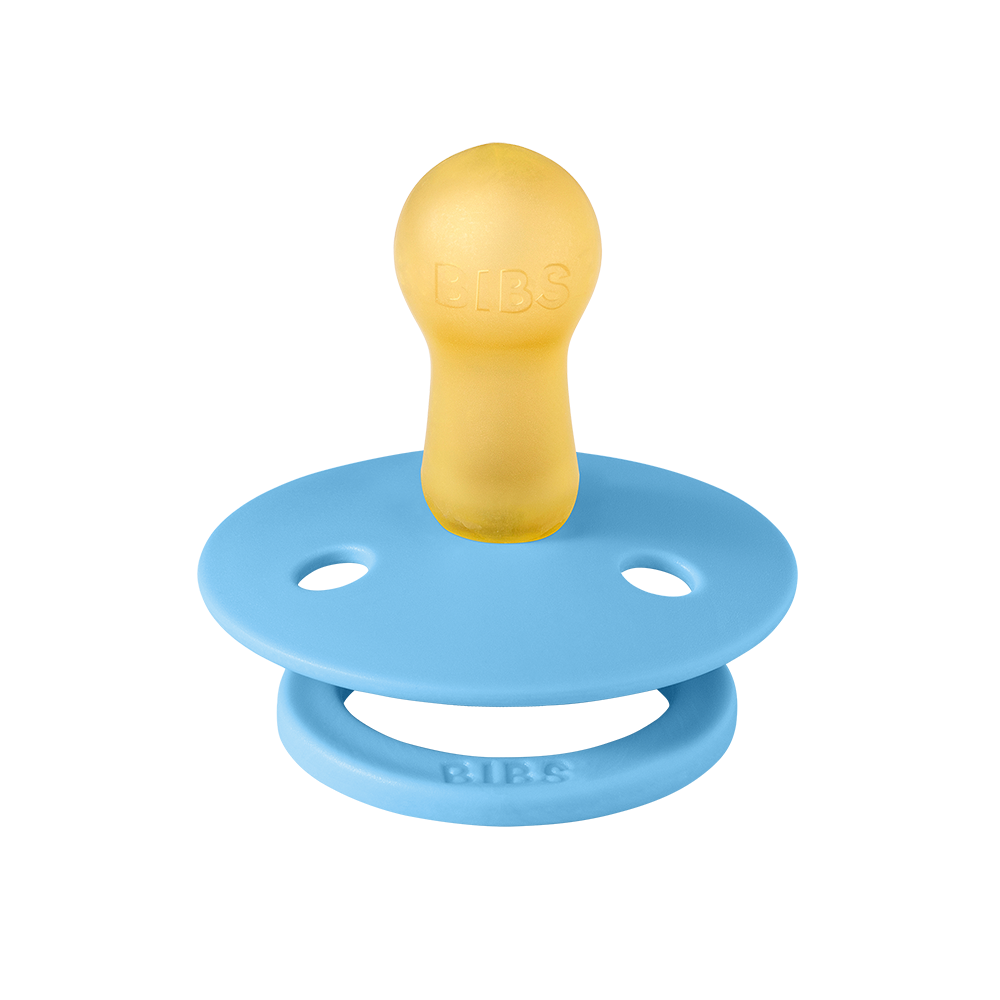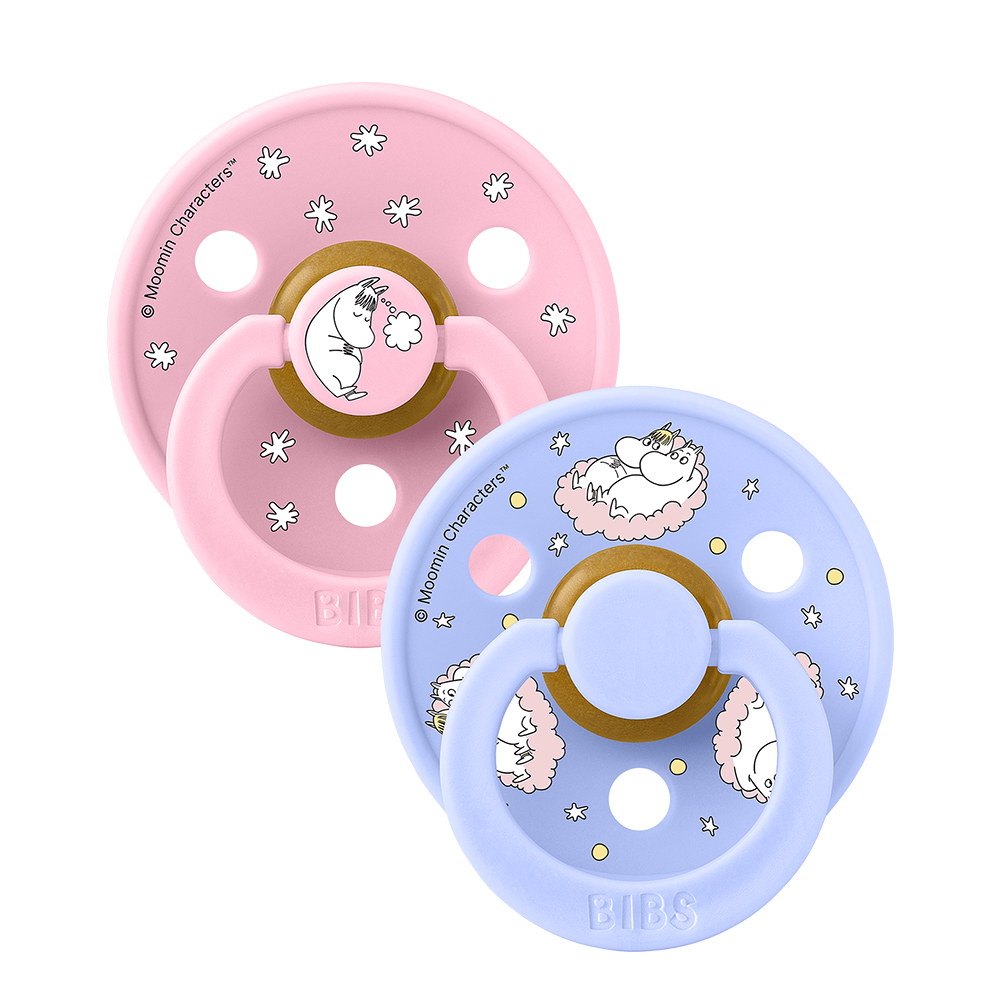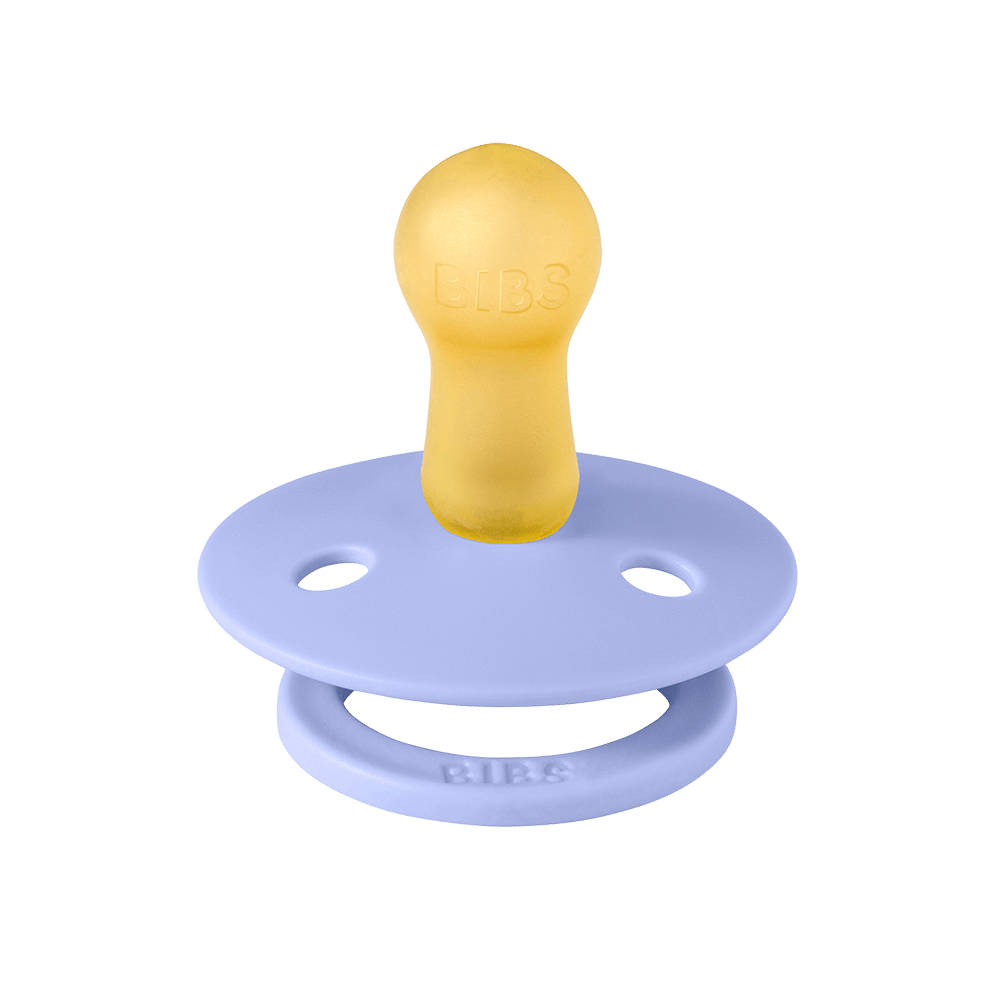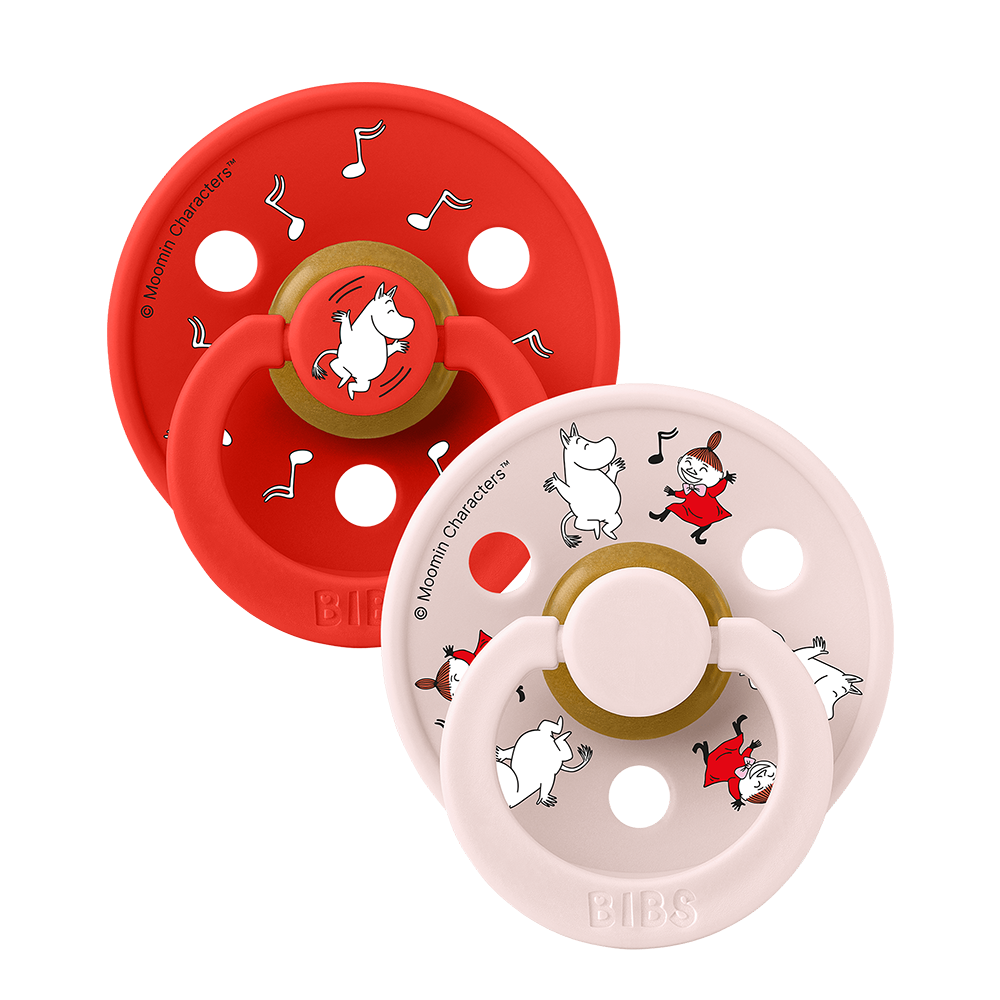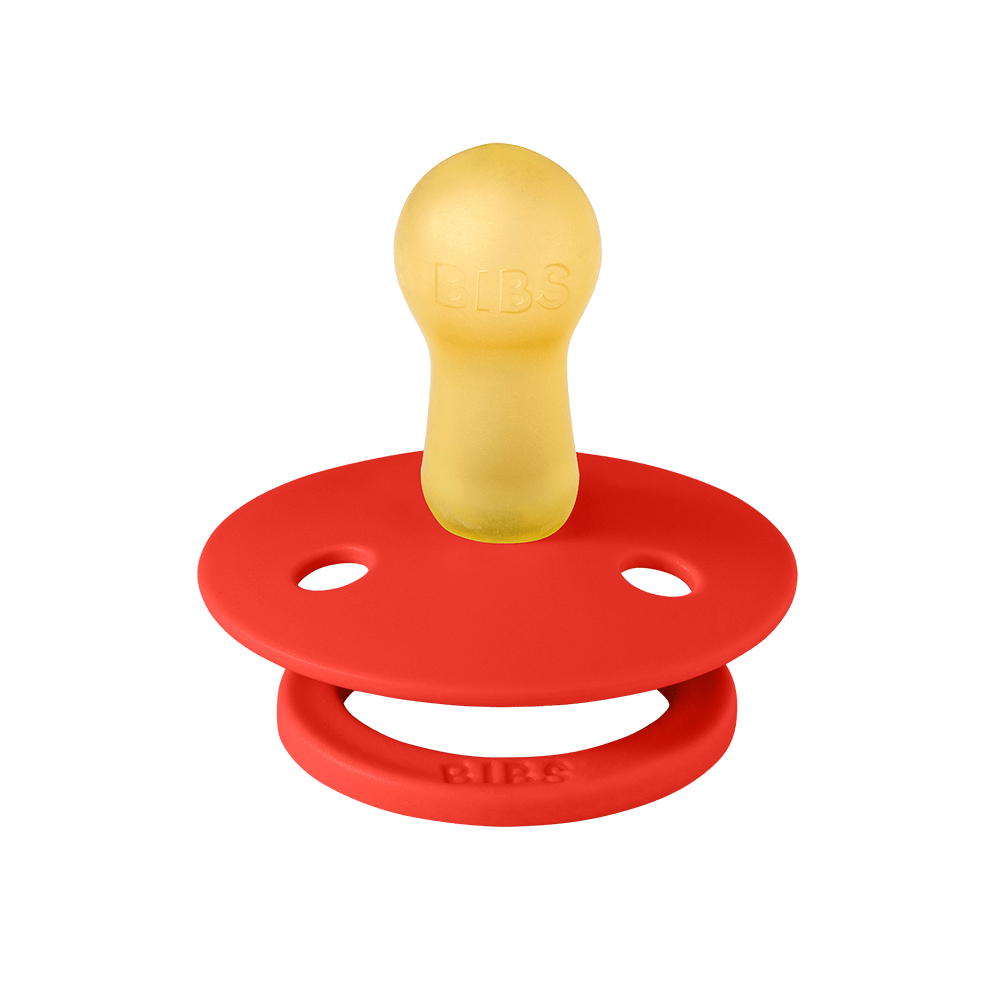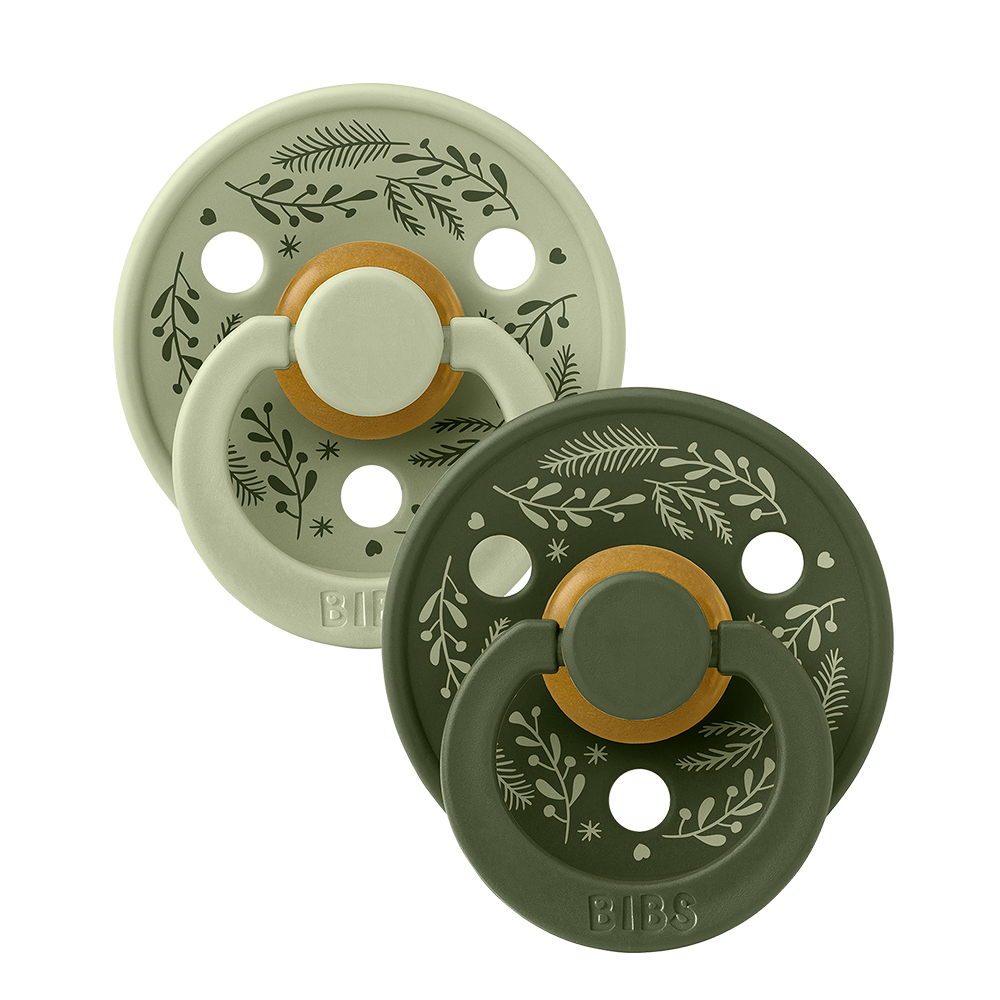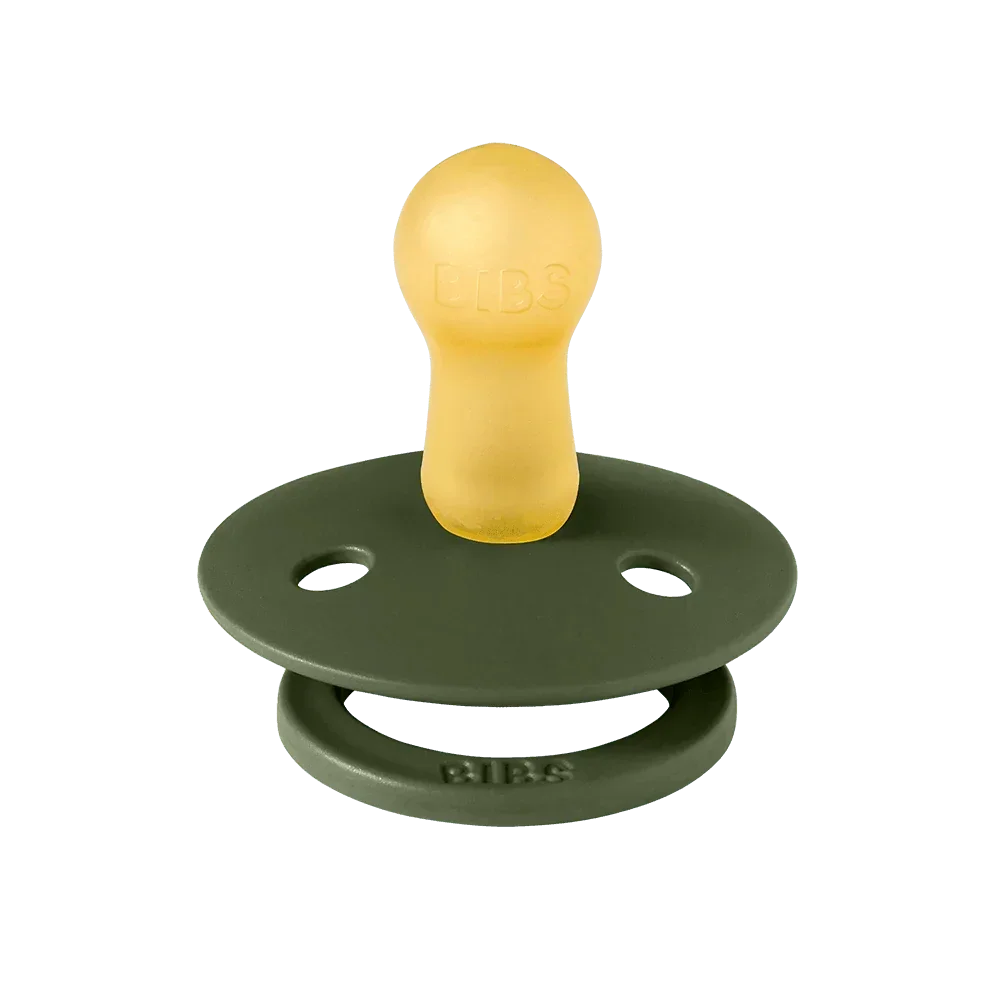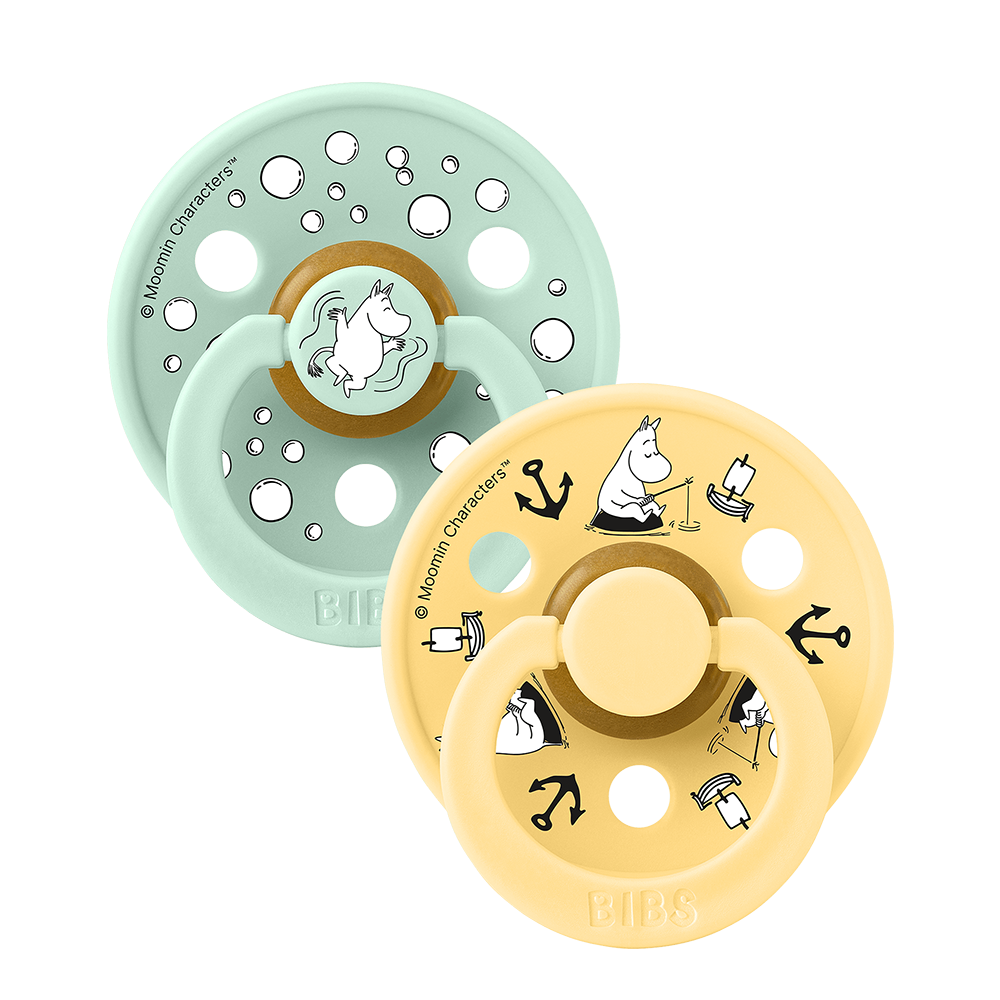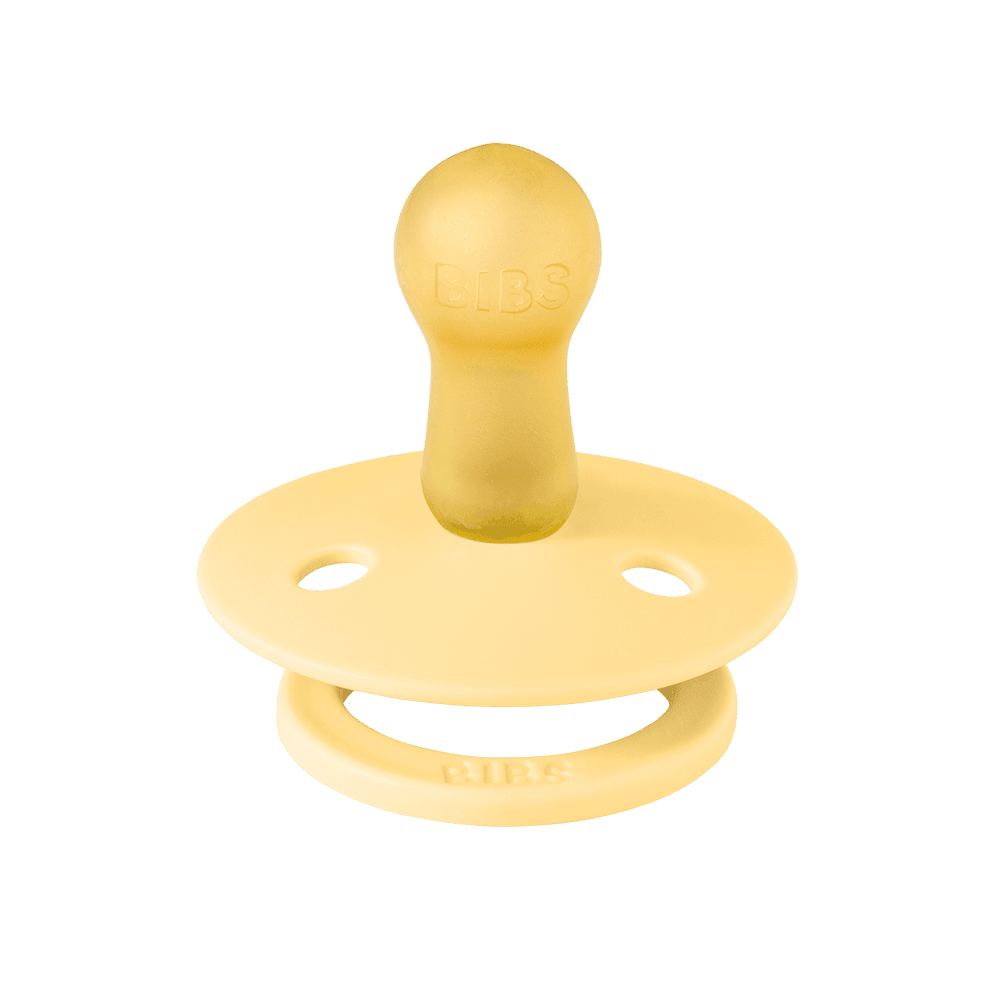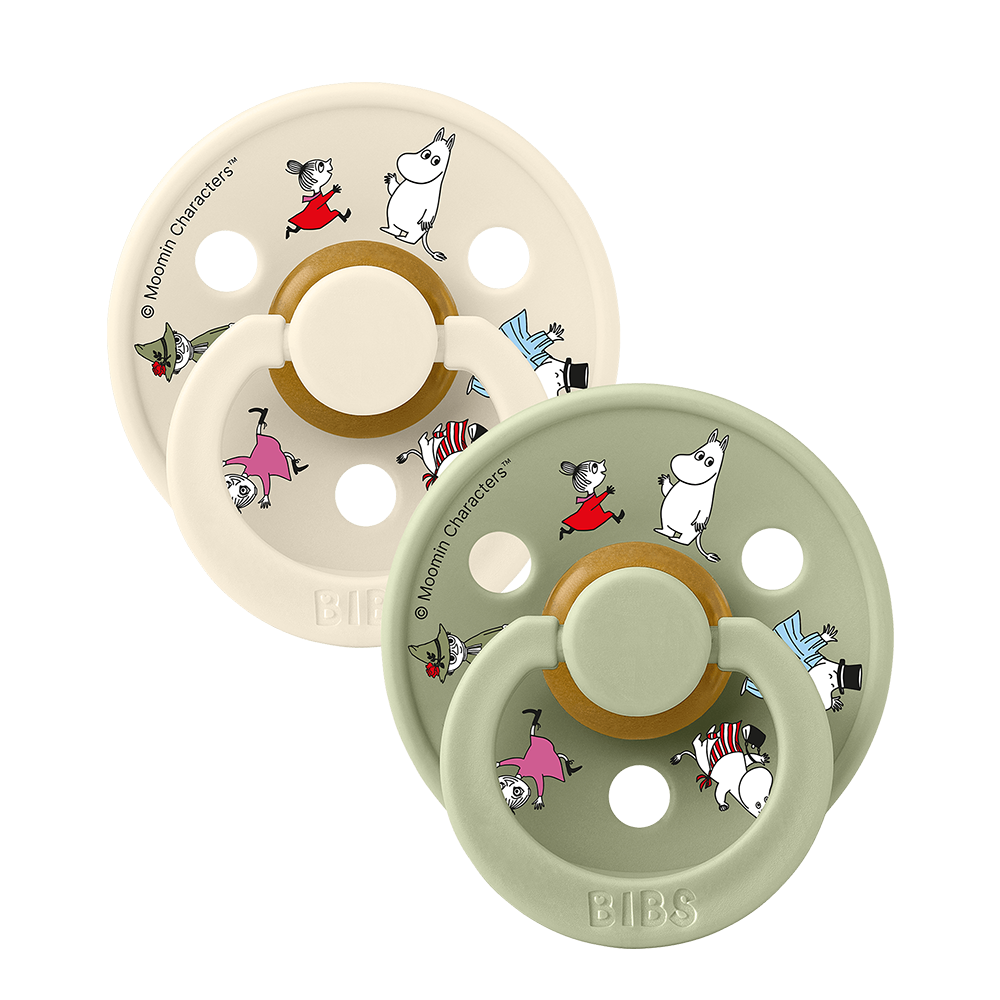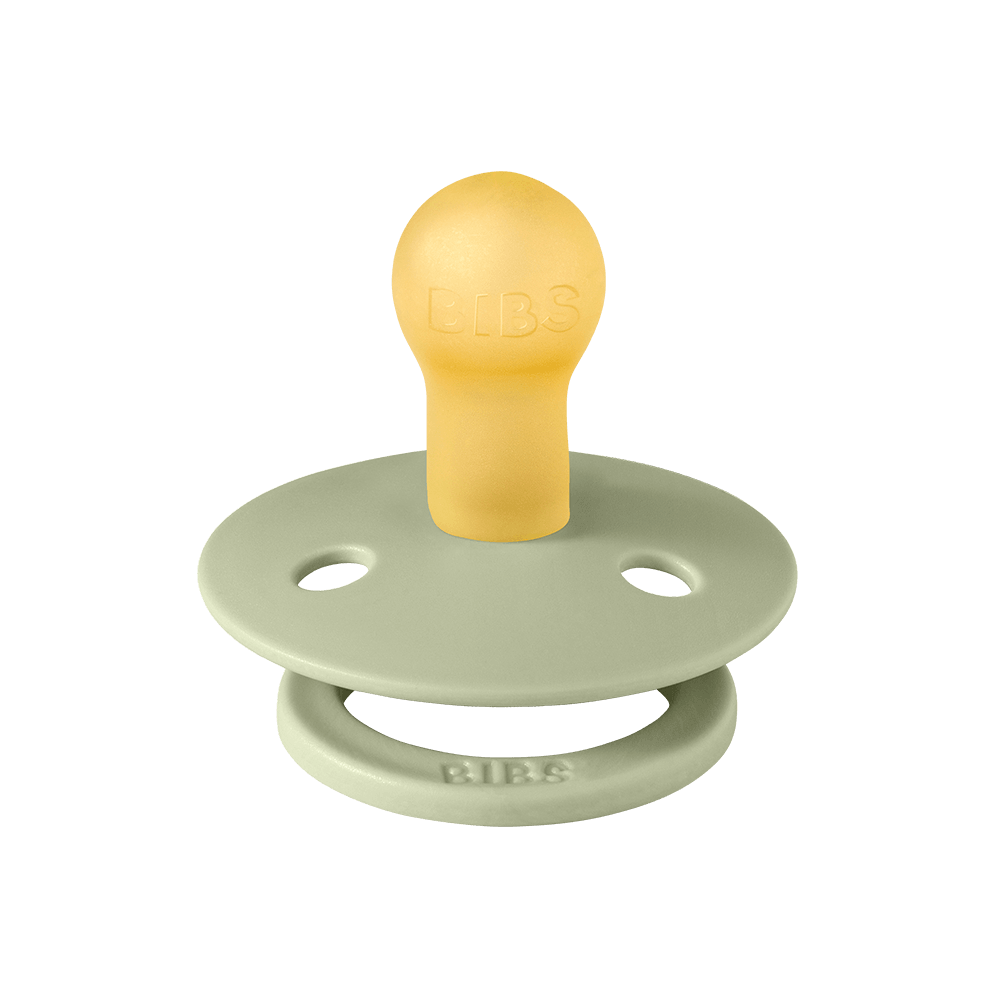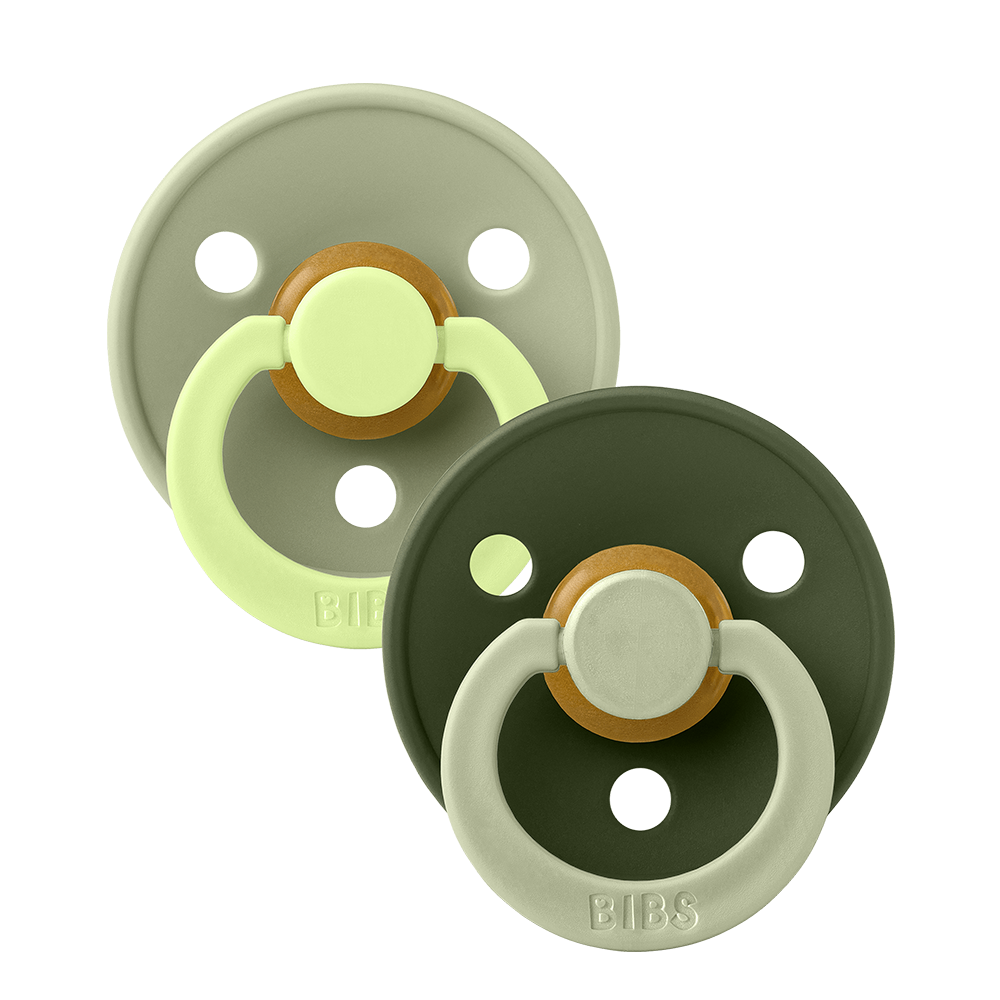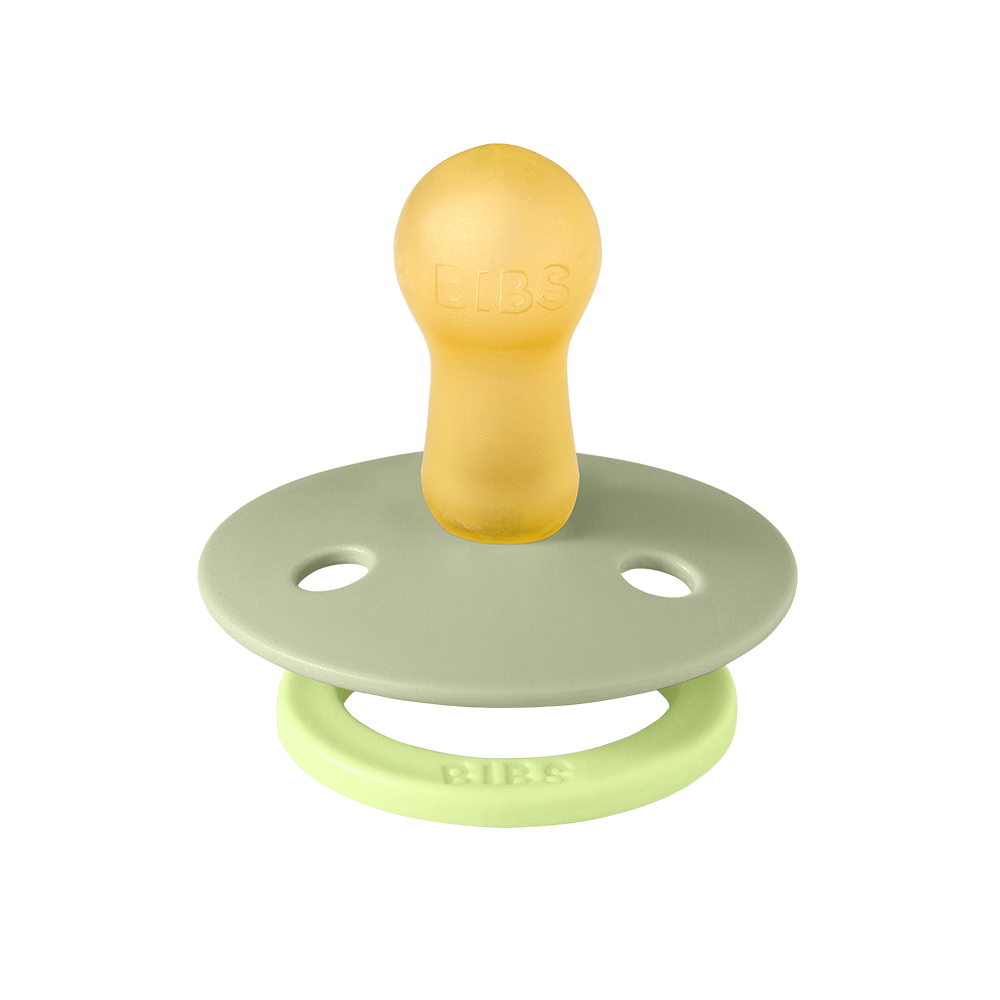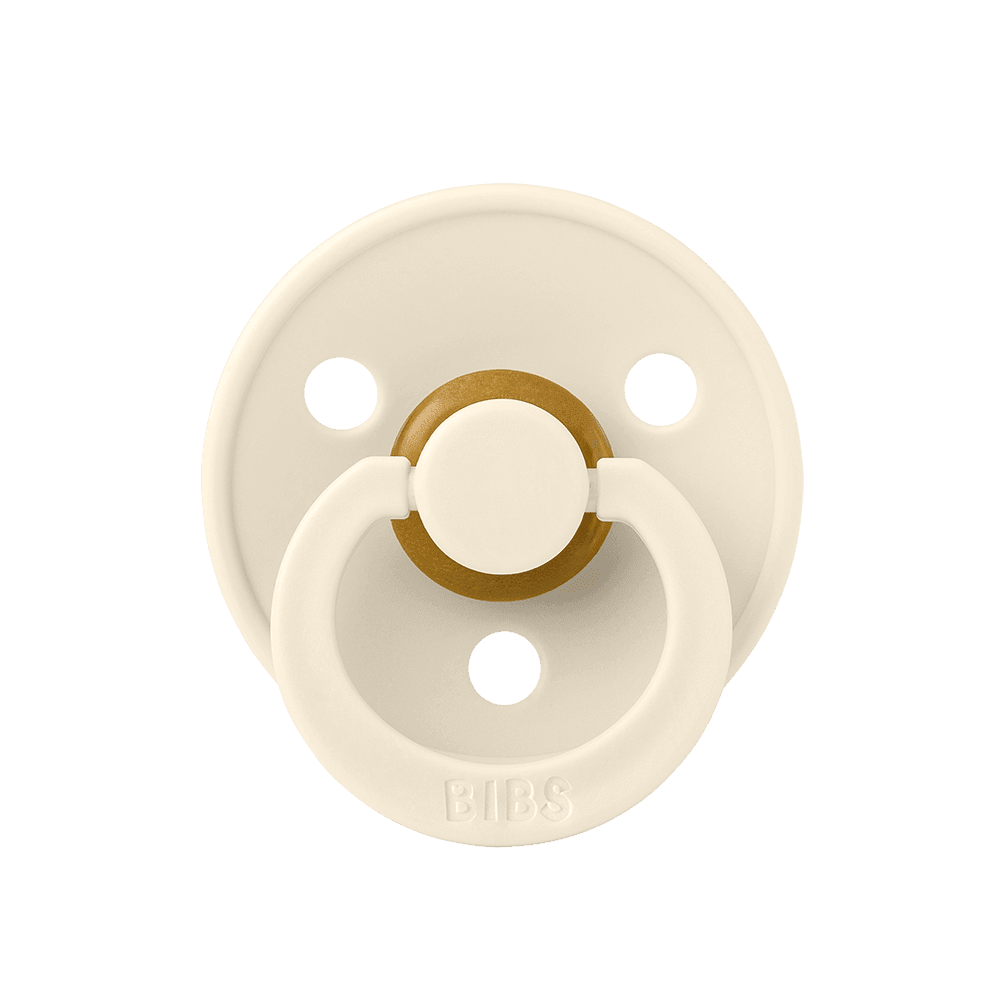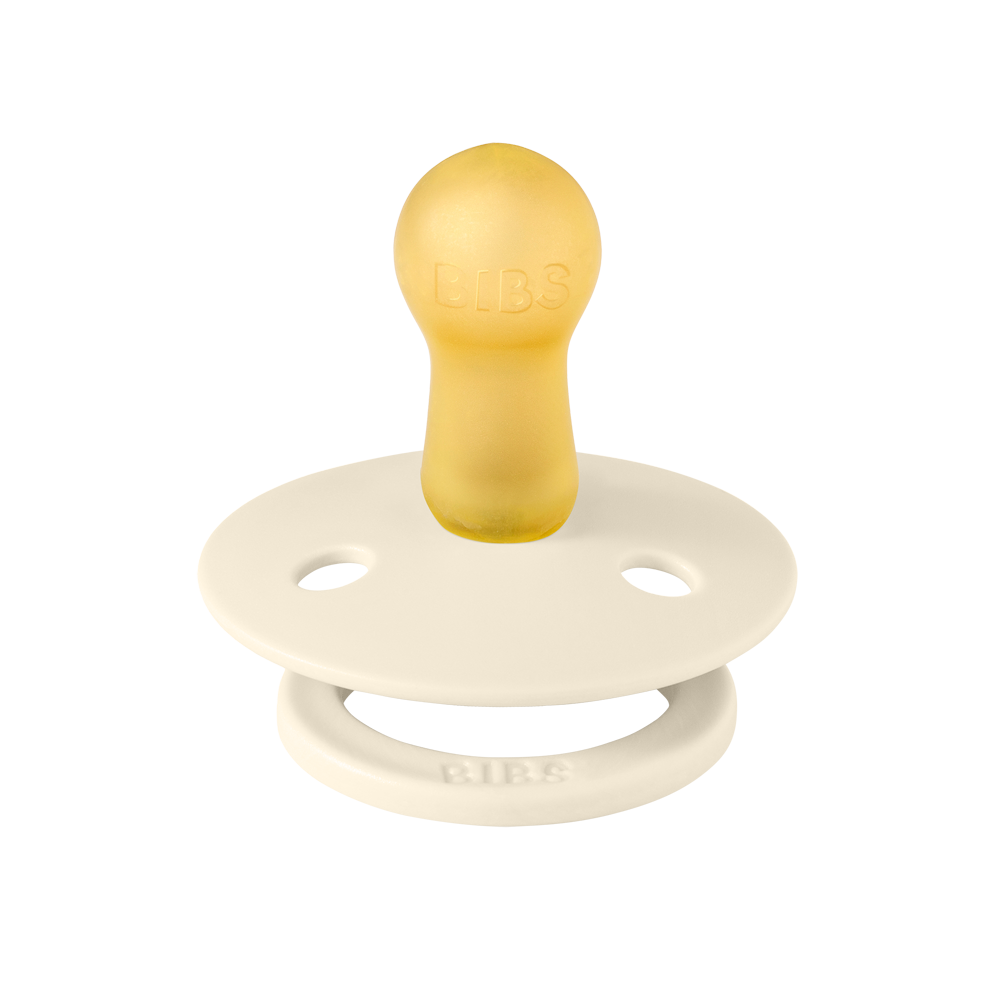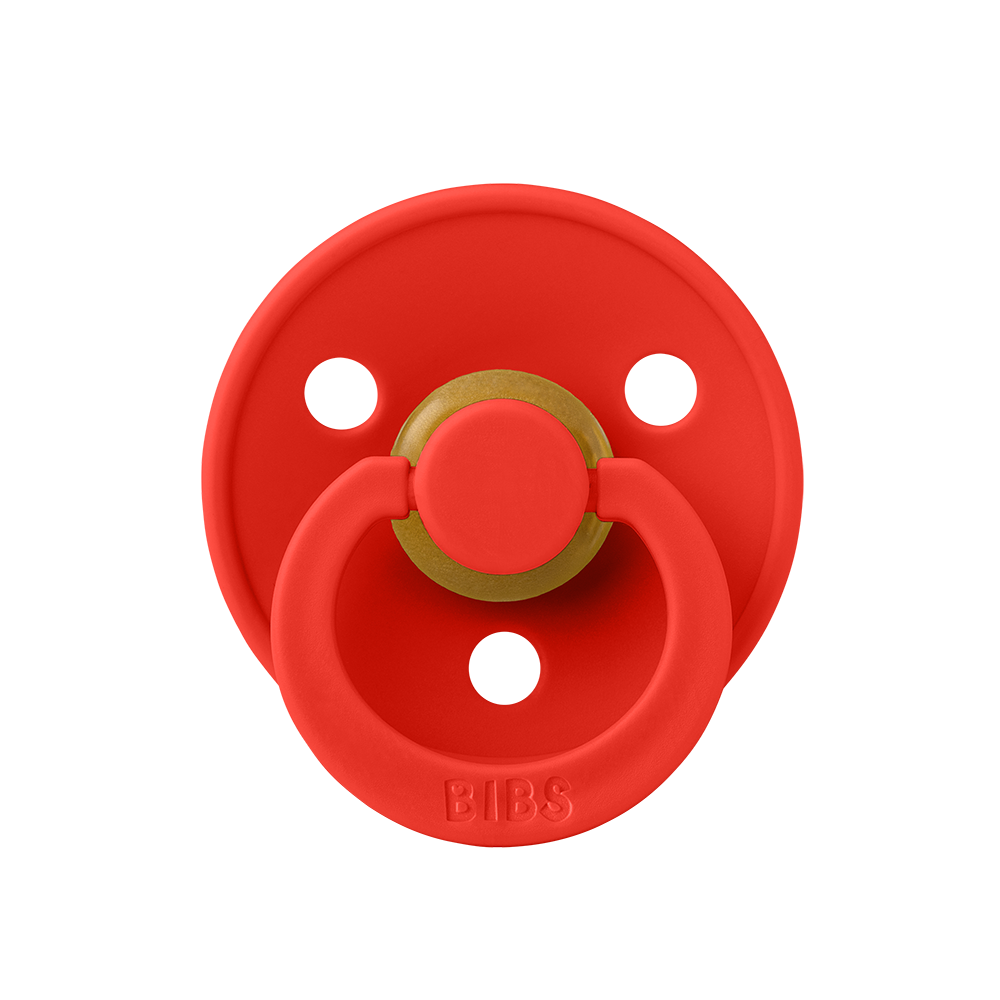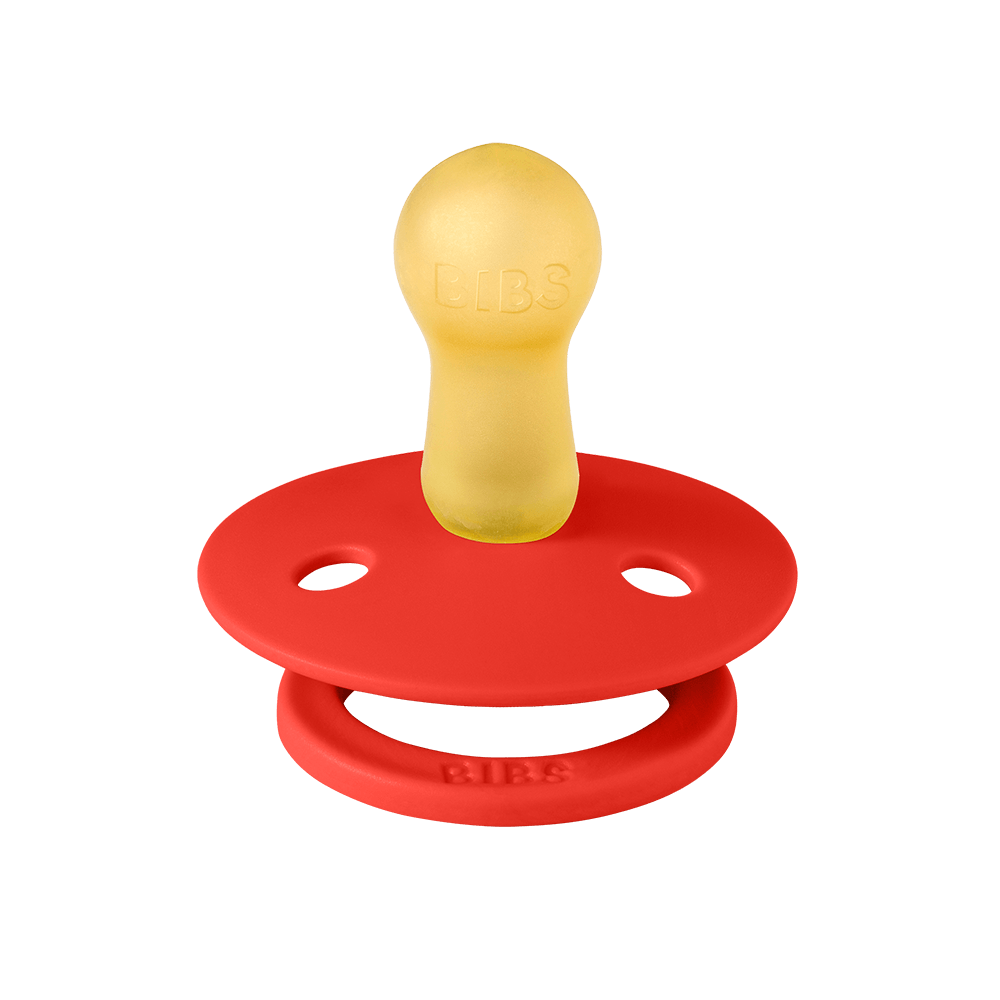
Recognizing the signs that your toddler is ready for potty training can be a pivotal moment in their development. It's an exciting time that indicates they are growing up and becoming more independent.
From showing interest in the bathroom habits of others to expressing discomfort when their diaper is wet or dirty, these signs will guide you in determining the right time to begin the potty training process.
Readiness Indicators
1. Dryness Duration
Your child is showing signs of being able to control their bladder if they have periods of dryness for about two hours at a time during the day or are dry after naps. This extended dryness indicates an increasing ability to hold urine, which is essential for beginning potty training.
2. Following Directions
Ability to follow simple instructions is a good indicator for potty training. If your toddler can understand and act on simple two-step directions, such as "go get the toy and put it on the shelf," they may be ready to start potty training.
3. Independence
Displays of independence, like wanting to perform tasks without help or making choices on their own, suggest your toddler might be prepared for potty training. This can include showing a preference for certain clothes or expressing the desire to use the toilet themselves.
4. Consistency
Consistency in bowel movements, especially if your child is having them around the same time each day, is a sign they're ready for potty training. Regularity makes it easier to introduce and stick to a potty-training schedule.
5. Interest in the Process
Your child starts to show curiosity about the bathroom habits of others, which is a clear sign they're ready to learn themselves. They may follow you to the bathroom or ask questions about what adults or siblings are doing when they use the toilet. Their interest often manifests as wanting to imitate the behavior of those they look up to.
6. Announcement of Needs
Recognizing the urge to go becomes clear when your toddler begins to inform you before going to the bathroom. They might use words or gestures to alert you that they need to pee or poop. This verbal or non-verbal communication is crucial because it shows they are building awareness of their bodily functions, and connecting them with the act of using a toilet.
7. Dislikes Wet or Dirty
A strong preference for dryness indicates readiness. When toddlers become uncomfortable with soiled diapers and want to be changed immediately, it's a sign they could be ready to start potty training. They may express this discomfort through words, facial expressions, or by trying to remove the dirty diaper themselves.
8. Ability to Undress
Your child's ability to undress themselves is a significant milestone towards potty training readiness. If they can pull down their pants or remove a diaper independently, it may be a sign that they are physically ready to try getting on and off the potty and ready to manage the other basic requirements of toilet training.
Engaging your child in the process of potty training and encouraging their self-sufficiency are equally important. Your toddler might start showing they want to do things 'all by themselves' or get excited about wearing 'big kid' underwear. These behaviors often reflect an underlying readiness to take on new challenges like potty training. It's a big step towards autonomy and an essential part of their personal development.
